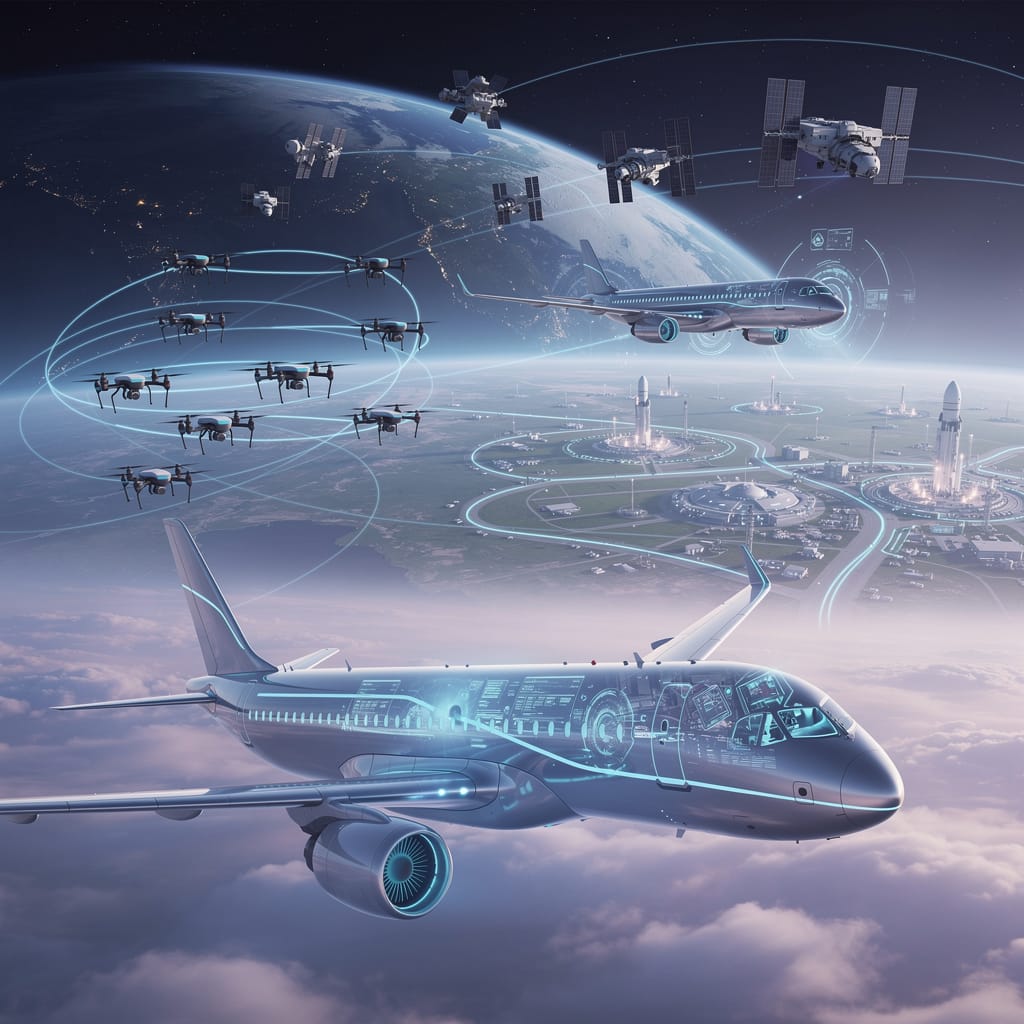How can AI predict tomorrow’s river levels?
Predicting tomorrow’s river levels involves a combination of data analysis, understanding of the local geography, and meteorological factors. Here’s a step-by-step framework you can follow, emphasizing the ethical use of data and the importance of accurate and responsible predictions:
1. Gather Relevant Data
Collect data on the river’s current water levels, historical levels, rainfall patterns, snowmelt contributions (if applicable), and any upstream water releases from dams or reservoirs. Utilizing IoT sensors for real-time data and satellite imagery can enhance the accuracy of your predictions.
2. Analyze Meteorological Conditions
Incorporate weather forecasts, especially regarding precipitation, as they significantly affect river levels. Advanced weather prediction models can offer insights into expected rainfall or snowmelt in the river’s catchment area.
3. Use Machine Learning Models
Employ machine learning techniques to analyze historical and current data patterns to predict future river levels. Models such as time series forecasting, regression analysis, or more complex neural networks can be trained on historical data to forecast future levels.
4. Incorporate Local Geography and Hydrological Factors
Understanding the local geography, such as the catchment area, soil type, vegetation cover, and any human-made structures affecting the river flow, is crucial. These factors can influence how quickly a river responds to rainfall or snowmelt.
5. Continuously Update and Validate Your Model
Regularly update your model with new data to improve its accuracy. Validation against actual observed river levels is crucial to ensure the model remains reliable over time.
6. Ethical Considerations and Data Privacy
Ensure all data used complies with local regulations and privacy laws, especially when utilizing data from IoT devices or third-party sources. Be transparent about the model’s potential limitations and uncertainties in your predictions.
7. Collaborate with Local Authorities and Experts
Engage with hydrologists, meteorologists, and local authorities to validate your predictions and understand any local factors that might affect the river’s behavior. This collaboration can also help in refining your model and improving its accuracy.
Tools and Resources
- IoT Sensors and Satellite Imagery: For real-time and historical data collection.
- Weather Forecast Services: To integrate meteorological data.
- Machine Learning Libraries: Such as TensorFlow or scikit-learn for model development.
- Geographical Information Systems (GIS): To analyze catchment area characteristics.
Remember, while these guidelines can help in making educated predictions, always be cautious of the inherent uncertainties and the potential impact of your predictions on communities and stakeholders.
An example
Let’s walk through a simplified example of predicting tomorrow’s river levels using a basic time series forecasting approach. This example will use hypothetical data and a simplified process suitable for understanding the basics without delving into complex machine learning models.
Step 1: Data Collection
Assume we have collected the following data for a river:
- Historical Daily River Levels: Data for the past 5 years, showing daily water levels.
- Rainfall Data: Daily rainfall data for the catchment area for the same period.
- Snowmelt Contributions: If applicable, estimated daily contributions from snowmelt during warmer seasons.
Step 2: Data Preparation
Prepare your data by aligning the dates, ensuring all measurements are in consistent units, and checking for missing values. For simplicity, let’s focus on river levels and rainfall as our primary variables.
Step 3: Basic Analysis
Perform a basic analysis to understand patterns and correlations. For instance, you might plot river levels against rainfall to see if higher rainfall correlates with higher river levels, noting any lag between rainfall and river level rise.
Step 4: Simple Forecasting Model
For this example, we’ll use a simple linear regression model where tomorrow’s river level is predicted based on today’s river level and today’s rainfall. The model might look something like this:
Predicted River Level Tomorrow=(a×Today’s River Level)+(b×Today’s Rainfall)+c
Where:
- a, b, and c are coefficients determined during the model training process.
Step 5: Model Training
Using historical data, we train our model to find the best values for a, b, and c that minimize the difference between predicted and actual river levels. This process involves selecting a portion of historical data for training and a portion for testing to validate the model’s accuracy.
Step 6: Prediction
With the model trained, we input today’s river level and today’s rainfall into the model to predict tomorrow’s river level.
Step 7: Evaluation and Adjustment
Compare the model’s predictions against actual observed levels (using the test portion of your data) to evaluate its accuracy. Adjustments might be necessary to improve performance, such as including more variables or using more sophisticated forecasting methods.
Example Outcome
Let’s say our model has been trained and predicts that, given today’s river level is 2 meters and today’s rainfall is 10mm, tomorrow’s river level will be 2.1 meters. This is a simplified prediction, and actual implementation should consider more variables and possibly more complex models for better accuracy.
Important Considerations
This example is highly simplified and intended to illustrate the process of using data to predict river levels. Real-world scenarios require more complex models, considering various factors like the catchment area’s characteristics, soil saturation levels, upstream water management practices, and more. Always approach predictions with caution, especially when they might impact decision-making in flood-prone areas.
An AI image to illustrate

The AI infographic above illustrates the simplified process of predicting tomorrow’s river levels using historical data and basic forecasting models. It covers the steps from data collection, including historical river levels and rainfall data, through data preparation, basic analysis, creating and training a simple forecasting model, making predictions, and finally evaluating the model’s performance. This visual guide aims to provide an educational overview of the process for a general audience.
Thank you for questions, shares and comments!
Share your thoughts or questions in the comments below!
Text with help of OpenAI’s GPT language models , Images with help of DALLE, openai chatbox, DALLE-2 , Fleeky & MI






